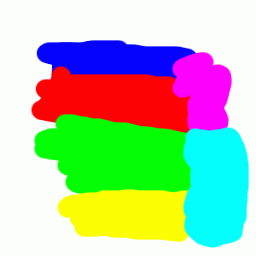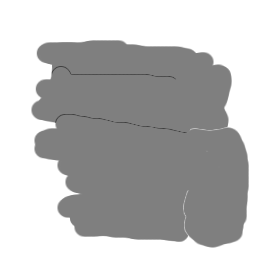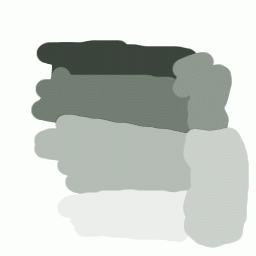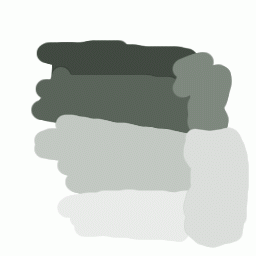
Original

`Desaturation' using L or V value.

Standard Y

Experimentally improved Y
After a lot of experimenting with gammas and other stuff to improve my colours, I found out that the problems I've been having with saturating my pictures came from the fact that I was using the wrong Y formula! I got to the point of using a mathematically correct formula, and it was only then that I found out something was wrong here.
So, the traditional Y formula is:
Y-standard = R*0.299 + G*0.587 + B*0.114
You will find this equation in many docs and in various software. It is
claimed that this correctly describes the luminance of typical computer
monitors. Green is twice as bright as red, which is thrice as bright as
blue.
I found that this is not so. It appears that monitors consistently produce darker reds than this formula suggests. The following formula, determined experimentally, looks significantly more correct (at least perceptually):
Y-improved = R*0.211 + G*0.658 + B*0.131
The following sample shows the difference. Move the mouse over the picture
to see the original.


`Desaturation' using L or V value.

Standard Y

Experimentally improved Y